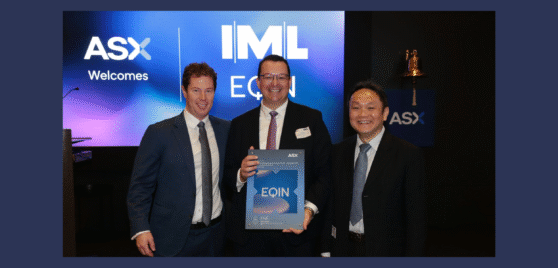IML Large Caps – Sept quarter 2025 update
Featuring Michael O'Neill & Daniel Moore
IML Portfolio managers Michael O’Neill and Daniel Moore discuss what happ...
Oct 10 2025
Three Australian small caps growing market share, growing earnings
By Marc Whittaker
Portfolio manager Marc Whittaker discusses three Australian small-cap stock...
Oct 7 2025
What’s keeping retirees up at night? And how we can help.
Presented by Tuan Luu & Michael O'Neill
Portfolio managers Tuan Luu & Michael O'Neill discuss how the Investors Mut...
Sep 26 2025
AFR – Small-cap fund says market blind to one of ASX’s ‘best barg...
By Joanne Tran, Australian Financial Review
Lucas Goode is a portfolio manager at Investors Mutual in […]
Sep 17 2025
Why we launched our equity income ETF?
Featuring Michael O'Neill & Tuan Luu
Portfolio managers Tuan Luu and Michael O’Neill, who manage IML’s Equit...
Sep 8 2025
Want to make your retirement savings last longer? EQIN, our new ETF, can he...
EQIN the new, actively managed ETF aims to deliver Australian retirees and ...
Sep 1 2025
INVESTMENT INSIGHTS & PERFORMANCE UPDATES
Subscribe to receive IML’s regular performance updates, invitations to webinars as well as regular insights from IML’s investment team, featured in the Natixis Investment Managers Expert Collective newsletter.
IML marketing in Australia is distributed by Natixis Investment Managers, a related entity. Your subscriber details are being collected by Natixis Investment Managers Australia, on behalf of IML. Please refer to our Privacy Policy. Natixis Investment Managers Australia Pty Limited (ABN 60 088 786 289) (AFSL No. 246830) is authorised to provide financial services to wholesale clients and to provide only general financial product advice to retail clients.





